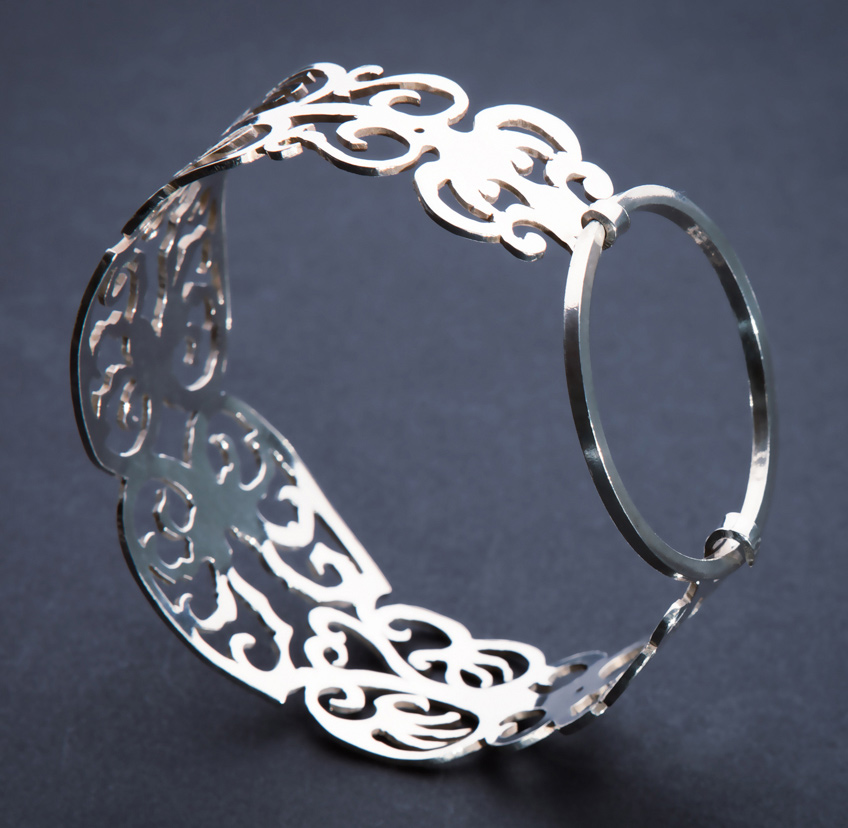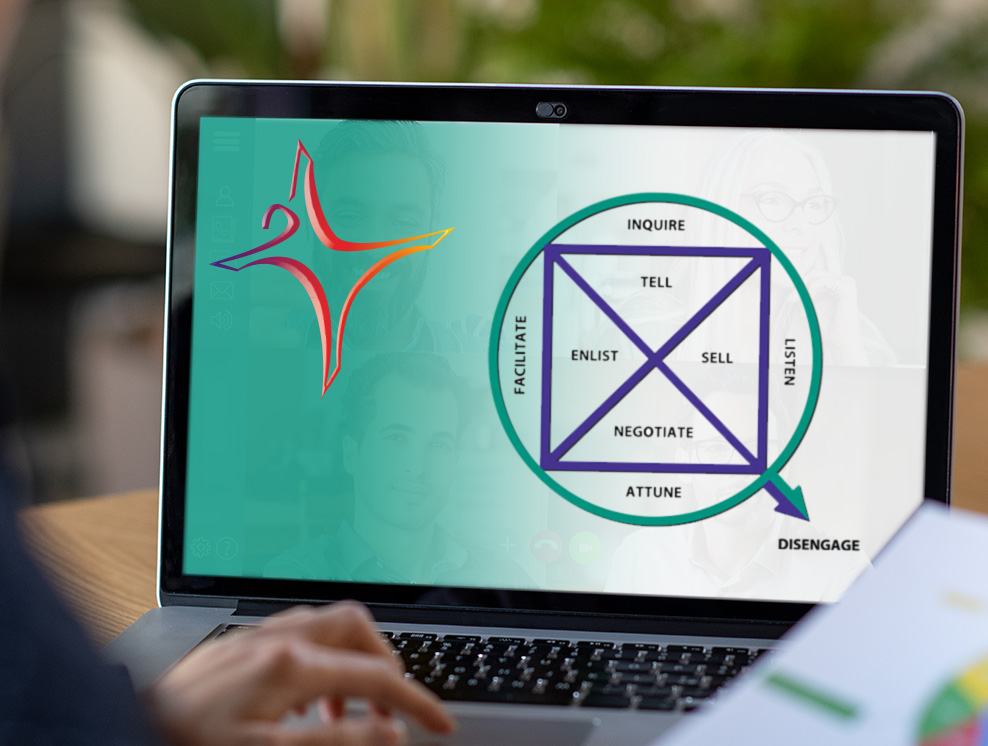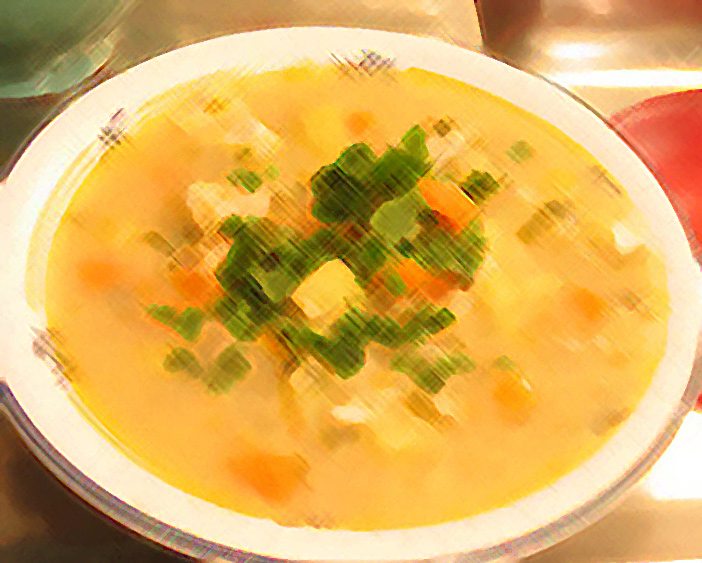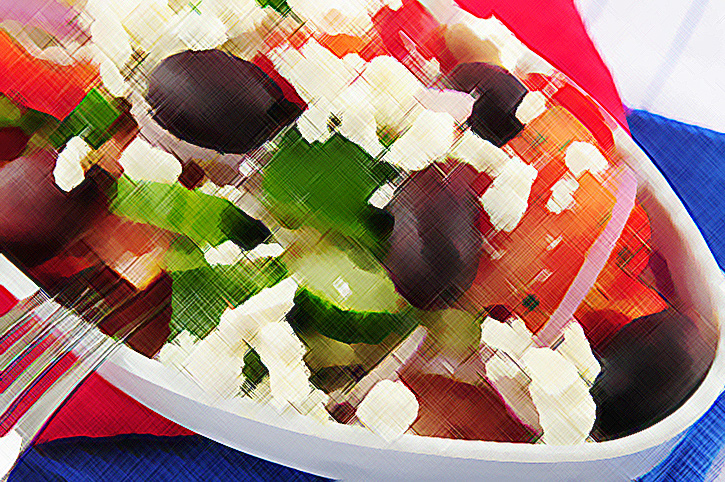
A Conversation With an Artist, Part Two
By B. Kim Barnes, Barnes & Conti CEO
This is the continuation of the conversation I had with Sharon Walsh, a jewelry artist from the area around Donegal in Ireland. With the unique challenges we face, artists like Sharon Walsh can help us find own creative and innovative spirit to navigate these difficult times.
In part one, we discussed the link between creativity and curiosity and how they foster both resilience and tenacity in the workplace. We also discussed the use of myth in art, and how myth fosters personal growth as "tools for guidance, for modeling behaviour and for giving meaning to life."
As most of you know, Barnes & Conti has programs to facilitate creativity and innovation, we are transforming two of them, Applied Creativity and Managing Innovation programs into webinars to meet the moment. Sharon Walsh offers yet more insights, below, in how we can meet the moment, by focusing on the end-user, embracing technology, and confronting often uncomfortable truths.
BKB: How does the nature of your work inform the way you want to conduct your business?
SW: Each piece requires much time and thought…my aim is to design pieces that are beyond fashion or trends, to have jewellery pieces that are timeless and will last forever. An artist does not necessarily need to consider the audience while making an artwork, but a designer must consider the end-user. My…pieces are a combination of art and design processes. The ideas for the jewellery come from my work as an artist, yet the jewellery is designed for people to wear. This emphasis on concept and design takes time, so I am researching various methods of production. Working with social enterprise groups is one option, as are new technologies that complement the hand-made process. A combination of these approaches will allow the business to grow while careful guidance will keep it sustainable. [By selling directly to the customer, I want to allow] space for a conversation between customer and maker.
BKB: What options do you see for creative people whose work is costly? (historic examples; William Morris, Guild of Handicrafts, etc.) to support the social enterprises they want to see succeed?
SW: Creative people can provide community support by working with businesses and social enterprise groups, both locally and further afield. Contributing to local economies by ensuring that skilled craftspeople are fairly treated is important to me. Any engagement with a social enterprise must be of benefit to the community. The Arts & Crafts Movement was set up to ensure that skilled artisans were paid a fair wage for their work. However, the reluctance of the founders to embrace modern methods of production led to the movement’s demise. Being open to technology and how it can be beneficial for business, allowing for growth in a sustainable way, is a valuable consideration.
BKB: What place or function do creativity, artistry, and aesthetics have in times of turmoil and fear?
SW: Art sheds light on our humanity, it is a connection to the past, to the present, to each other. It invites reciprocity: asking us to think, to feel and to grow. Art has the power to change the willing observer, to induce an altered state, often without the use of language. Great art confronts us with truths about ourselves and the world if we are willing to engage in the act of looking – to engage in the challenge laid down by a work of art.
…Art deals with these issues in a unique way, confronting us with uncomfortable truths that stimulate our senses and our thinking. An artwork [such as the work of Kara Walker or Francisco Goya’s "Disasters of War" or Picasso’s "Guernica" can reveal the horror perpetrated by mankind and engage us in a visceral experience, yet we are removed from the theatre of conflict. If we open up to this exposition, then we can begin to examine the prevailing conventions of our society and to develop a greater understanding of the effects of our actions on others and of what is being done in our name.

Powerful works of art do not shy away from showing us what a difficult place the world can be. If we engage sincerely with a great work of art, we come away enriched by the experience, with a greater sensitivity to the world and a readiness to reject brutality in any form.
Join the conversation on the Barnes & Conti Blog
Editor's note: The photo above is of another one of Sharon Walsh's creations. You can see more on her website.
Five Things I Know About Culture and Innovation
By B. Kim Barnes Originally appeared on LinkedIn, July 7, 2014
Culture involves values, norms, taboos, rituals, and mythology. If you want to have a culture that encourages innovation, consider each of them. As many of us are working remotely, these five aspects of culture and innovation are more helpful than ever in facing today's business challenges.
Values: Make innovation a genuine company value. Just claiming or advertising it as a value isn’t enough. Values are not aspirations. They are criteria for making important decisions. Make sure everyone in the organization is clear about the definition of innovation (creating some form of value from an idea that is new to you) and then use it to test ideas before you invest in them.
Norms: Communicate explicit norms that encourage crossing boundaries, constructive debate, free flow of information, feedback, diversity of thinking, and collaboration. Norms or ground rules help define what is fostered and promoted in the culture. They need to be clear, discuss-able, and modeled by key leaders.
Taboos: Don’t allow leaders or teams to discourage new ideas, to avoid critique, or to over-focus internally (not-invented-here syndrome). Breaking a taboo should set off the “organizational immune reaction” and shouldn’t be tolerated. The “meeting after the meeting” where people share what they really think about ideas is an innovation killer. Open discussions, unencumbered by political considerations, lead to better and more robust ideas.
Rituals: Celebrate intelligent risk-taking and the best failures as well as successes. Celebrate intelligent risk-taking decisions at the time they’re made, not after the outcome is known. Failure and success are celebrated after they happen. The best failures are the ones you learn the most from. They are likely to result from intelligent risk decisions and well-executed implementation that didn’t work out because of other factors. By celebrating them, you support continuous learning and improved risk decision-making.
Mythology: Circulate and retell stories about innovators in the organization who failed their way to success. Provide structures or processes that facilitate purposeful storytelling. Encourage admired senior leaders or contributors to share their innovation stories, especially stories that feature breaking boundaries, failure, recovery from failure, and positive innovation lessons learned.
Exercising Influence Online on September 16.
You can still register for our Exercising Influence 2.5 hour introductory webinar on September 16.
We're offering this webinar either by itself, or to be followed up by two 1-1 influence coaching sessions of one hour each, to be scheduled at your convenience. Here's the information:

Exercising Influence: An Introduction
September 16, 2020
10:00 am – 12:30 pm, PDT
Online Webinar: $435
Online Webinar with Coaching: $1175
Register for the Webinar with Coaching
Register for the Webinar Only
Recipe: Greek Fish Soup (Kakavia)
Kim Barnes, Barnes & Conti CEO
Here is Kim's version of an old Greek recipe for fish stew. The recipe is attributed to Greek fisherman, who basically used whatever fish they had on hand. If you can't find all the fish listed below, just use what you can get! With a salad and the obligatory toasted bread, this is a full meal.

Ingredients:
- 6 shallots or baby onions, peeled and halved
- 4 large potatoes, peeled and roughly chopped
- 3 carrots, peeled and sliced
- 1 zucchini, trimmed and roughly chopped
- 1 stalk celery with the tops, sliced and chopped
- 3 tbsp finely chopped flat-leaf parsley
- 2 lb selection of firm fish like scorpion fish, rock cod, snapper, monkfish, mullet, bream
- Salt
- Freshly ground black pepper
- Juice of 1 1/2 lemons
Method:
- Place the vegetables and parsley in a large saucepan. Cover with water and boil over medium heat for 10 minutes.
- Meanwhile, clean and gut the fish. If small leave whole, otherwise cut into fillets.
- Place the fish carefully on top of the vegetables, reduce the heat and cook for another 10 to 15 minutes until the fish and vegetables are cooked.
- Carefully remove the fish and vegetables and set aside. Strain the stock and return it to the pot.
- De-bone the fish and remove the heads. Return the de-boned fish and vegetables back into the strained stock, and season with salt and pepper. Bring back to a boil, then simmer for 5 to 10 minutes.
- Place fish and vegetables in soup bowls and pour the broth over. Squeeze lemon juice into each bowl and serve with toasted bread.
Servers 4 - 6
Greek Villager's Salad (Horiatiki Salata)
Do you have more tomatoes and cucumbers than you know what to do with? Here's a recipe for the authentic Greek salad, without any lettuce. The cucumbers and tomatoes need to be fresh, and garden grown (or farmer's market) if at all possible. Use roughly equal portions of cucumber and tomato, and the other ingredients to taste. There is no right or wrong way to make this, just use the best of what summer has to offer with good olive oil, oregano, feta cheese, and olives. Experiment and enjoy!

Ingredients:
- Cucumbers, peeled, halved lengthwise, and sliced
- Tomatoes, sliced in roughly the same size as the cucumbers
- Sweet red (or white) onion, sliced
- Red or yellow bell pepper, sliced
- Your favorite extra virgin olive oil (generous amount)
- Red wine vinegar (not much, see below)
- Fresh oregano, minced, or dried oregano
- Crumbled feta cheese
- Kalamata or oil cured olives (pitted or non-pitted).
Method:
- Mix together the cucumbers, onion, and bell pepper and douse generously with olive oil. Mix well. Add 3/4 of oregano and toss.
- Add the tomatoes, give them more olive oil, the rest of the oregano, and toss well.
- Splash with vinegar to taste (if your tomatoes are mostly sweet, you'll want more vinegar, if they have some tartness, you'll want less)
- Top with the crumbled feta and olives
You are receiving these emails from Barnes & Conti because you are a client, colleague, and/or friend of Barnes & Conti Associates or you contacted us through our website, at a trade show, or via social media. Barnes & Conti does not sell, trade, or give away mailing lists or email addresses to anyone. Period. You can read our privacy policy here.
If you no longer wish to receive these bulletins, use this link to unsubscribe or write us at Barnes & Conti, 2342 Shattuck Ave, #217, Berkeley, CA 94704.
*Please don't forward this entire email; the person you forward to might inadvertently unsubscribe you with the above link!